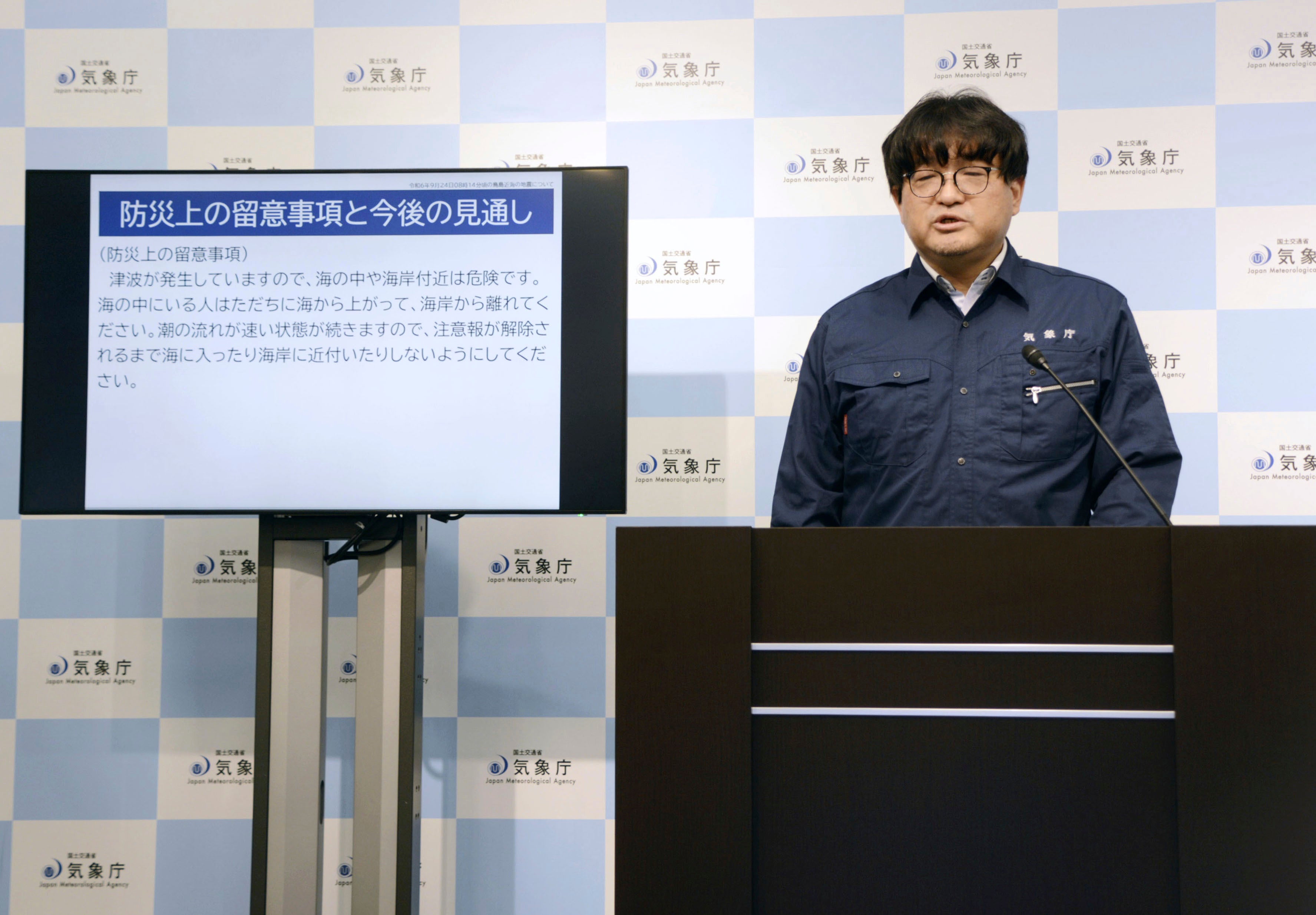Small tsunami waves wash ashore on remote Japanese islands
Small tsunami waves washed ashore on some Japanese islands after an earthquake that may have been triggered by volcanic activity

Your support helps us to tell the story
From reproductive rights to climate change to Big Tech, The Independent is on the ground when the story is developing. Whether it's investigating the financials of Elon Musk's pro-Trump PAC or producing our latest documentary, 'The A Word', which shines a light on the American women fighting for reproductive rights, we know how important it is to parse out the facts from the messaging.
At such a critical moment in US history, we need reporters on the ground. Your donation allows us to keep sending journalists to speak to both sides of the story.
The Independent is trusted by Americans across the entire political spectrum. And unlike many other quality news outlets, we choose not to lock Americans out of our reporting and analysis with paywalls. We believe quality journalism should be available to everyone, paid for by those who can afford it.
Your support makes all the difference.Small tsunami waves washed ashore on remote Japanese islands Tuesday morning after an earthquake that may have been triggered by volcanic activity.
The offshore quake was not felt, and the tsunami advisory was lifted about three hours later. No damage or injuries were reported.
The Japan Meteorological Agency had advised that waves up to 1 meter (yard) above tide levels could occur on the coasts of the Izu and Ogasawara island chains after the magnitude 5.9 quake occurred off the Izu Islands. The U.S. Geological Survey measured the quake's strength at 5.6 magnitude.
About 21,500 people live on the islands in the Izu group and about 2,500 on the Ogasawara Islands.
JMA said a tsunami of about 50 centimeters (about 20 inches) was detected in the Yaene district on Hachijo Island about 30 minutes after the quake. Smaller waves were detected on three other islands — Kozushima, Miyakejima and Izu Oshima.
The offshore quake occurred about 180 kilometers (111 miles) south of Hachijo island, which is about 300 kilometers (186 miles) south of Tokyo.
Residents on Hachijo said they did not feel the quake and only heard the tsunami advisory, Japan's NHK public television said.
Fumihiko Imamura, a Tohoku University seismologist, said the tsunami is believed to be related to undersea volcanic activity. He urged coastal residents to keep their guard up while the advisory was in place.
Japan sits on the Pacific “Ring of Fire,” a line of seismic faults encircling the Pacific Ocean, and is one of the world’s most earthquake and tsunami-prone countries.